Greenshell mussel spat project expected to improve survival rates and help triple aquaculture sales revenue by 2035
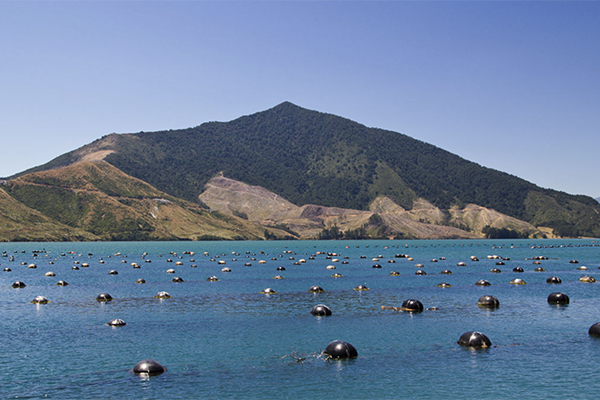
The New Zealand government is investing in a project to boost the survival rates of New Zealand mussels and grow the mussel aquaculture industry, Oceans and Fisheries Minister Shane Jones has announced. The project will develop an innovative nursery culture system that will foster spat through their most vulnerable stage.
“This project seeks to increase the resilience of our mussels and significantly boost the sector’s productivity,” said Jones.
The industry largely relies on wild-caught spat, which has extremely low survival rates. Less than 5 percent of wild-caught spat survives after being transferred to mussel farms, forgoing millions in lost production each year. This project aims to grow spat to a robust size before they are transferred.
“Significant areas of consented mussel farming space are vacant, in part due to the spat supply issue,” said Jones. “This project will address those spat supply issues which are severely restricting the productivity and growth of the industry in New Zealand.”
The government is co-investing $410,000 (U.S. $241,000) over three years in the $1.04 million (U.S. $613,000) project, which will be led by the Marine Farming Association in partnership with the University of Auckland, Coromandel Marine Farmers’ Association, Aquaculture New Zealand, Greenshell Spat Co. and Sanford.
“This project could be key to a more sustainable industry and has the potential to lift the sales revenue of our mussels by tens of millions of dollars per year,” said Jones.
The government’s aquaculture strategy aims to triple aquaculture sales revenue to $3 billion by 2035. This includes boosting greenshell mussel earnings to $1 billion per year.
Now that you've reached the end of the article ...
… please consider supporting GSA’s mission to advance responsible seafood practices through education, advocacy and third-party assurances. The Advocate aims to document the evolution of responsible seafood practices and share the expansive knowledge of our vast network of contributors.
By becoming a Global Seafood Alliance member, you’re ensuring that all of the pre-competitive work we do through member benefits, resources and events can continue. Individual membership costs just $50 a year.
Not a GSA member? Join us.
Author
Tagged With
Related Posts
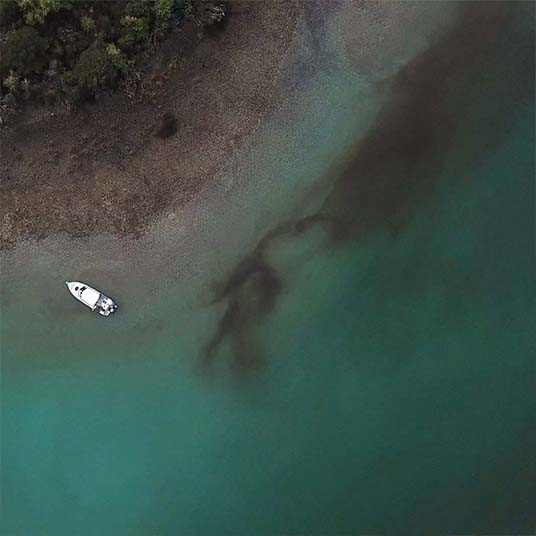
Intelligence
Harmful algal blooms could threaten New Zealand’s shellfish aquaculture productivity
A new study suggests that harmful algal blooms could threaten shellfish health and the growth of New Zealand's aquaculture industry.
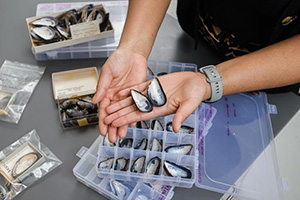
Responsibility
Have mussel shells become more porous due to climate change?
A new study reveals East Coast mussel shells have become weaker and more susceptible to damage due to climate change.
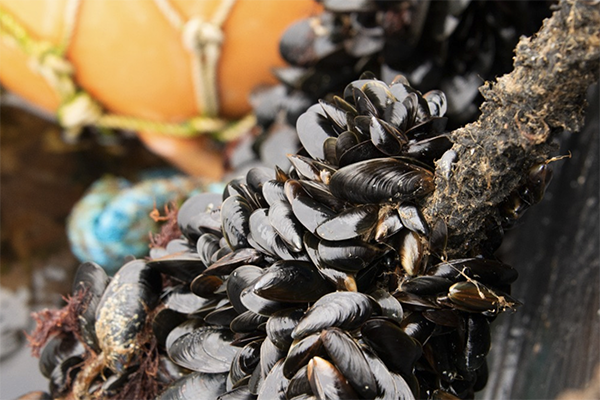
Intelligence
It’s the current: Study identifying how mussel larvae move offers insights into where and how to farm them
A University of Stirling study has identified how mussel larvae move, which says "a lot about the best and worst locations for farms.”
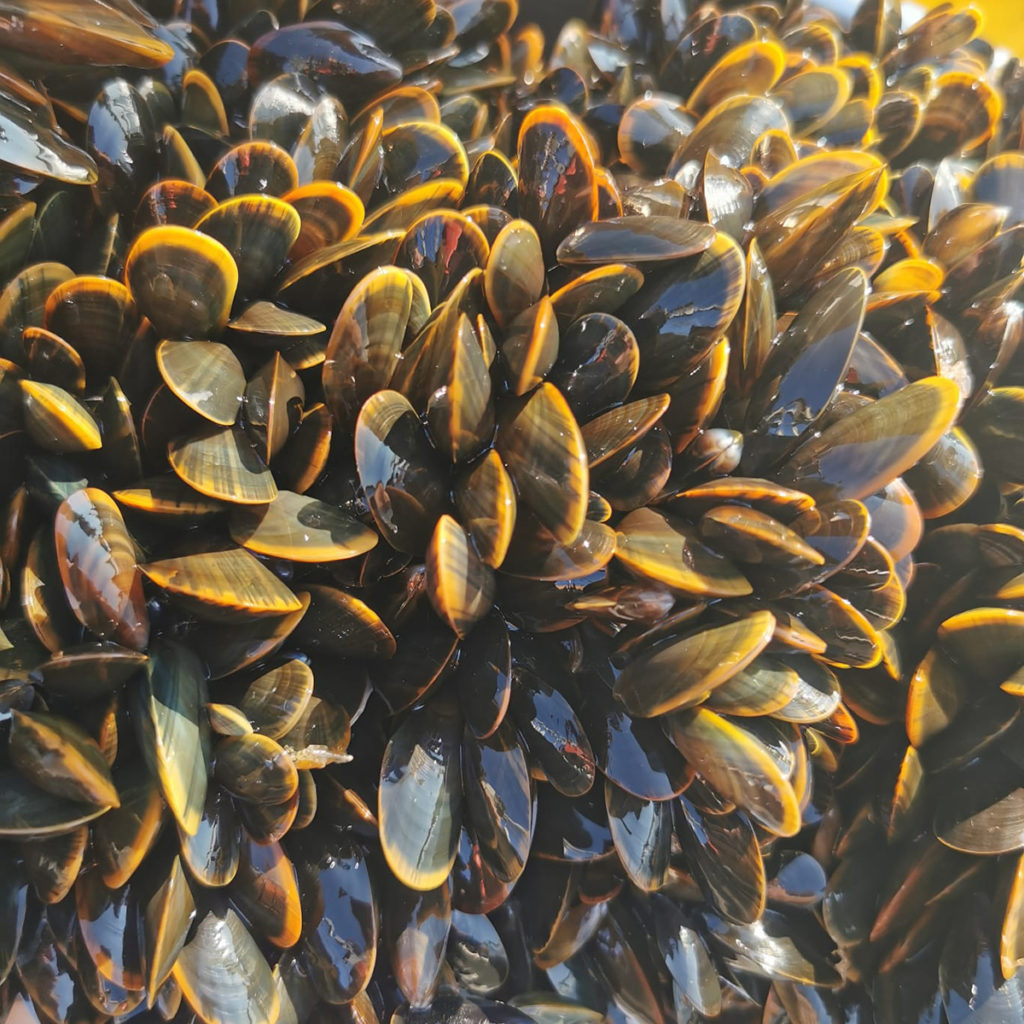
Intelligence
The great mussel debate: What’s wild, what’s farmed and what certification scheme fits the bill?
Mussels are subject to an ongoing debate about whether certification should be in the realm of fisheries or aquaculture. Take a deep dive into the matter.



